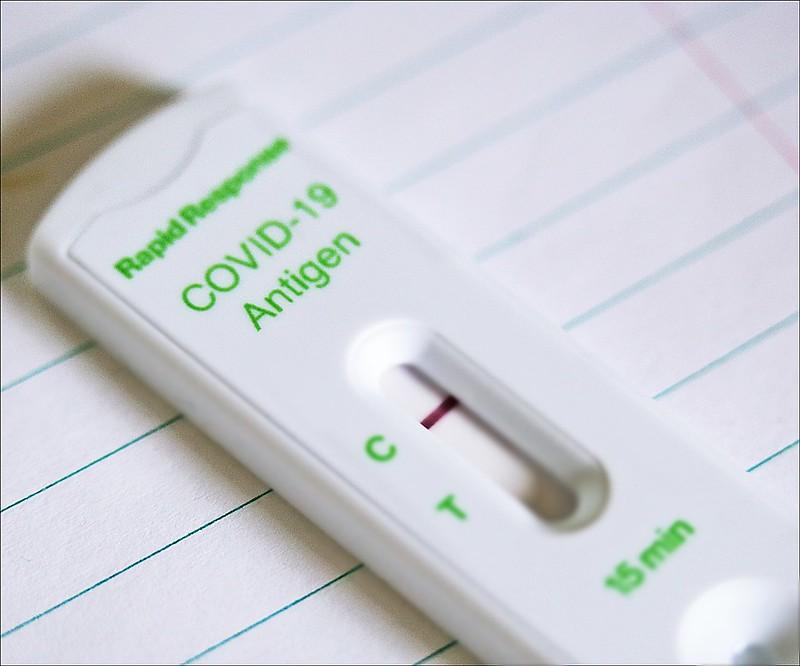Two Omicron subvariants continued to slowly spread in the United States, almost completely edging out BA.2, which became dominant in the spring, the Centers for Disease Control and Prevention (CDC) said today in its latest update.
In other developments, Pfizer and BioNTech updated their efficacy estimates for the COVID-19 vaccine for children aged 6 months to 4 years.
Omicron subvariants push out BA.2
BA.5 now accounts for 88.9% of sequenced samples, up slightly from 88% the previous week. Also, BA.4.6, which first gained traction in the central Midwest, gained more ground and now accounts for 6.3% of sequenced samples, up from 5.3% the week before.
The central midwestern states, which include Iowa, Kansas, Missouri, and Nebraska, were the first to see growing proportions of BA.4.6 and are still seeing the highest percentage, with the subvariant making up nearly 16% of samples. However, the proportions of the subvariant are higher than the national average in eastern and southeastern states.
As school resumes in some parts of the country, the trend with pediatric COVID-19 infections continues to fluctuate, as has the pattern for the general US population over the summer. In its latest weekly update, the American Academy of Pediatrics (AAP) said nearly 80,000 infections in kids were reported over the past week, down for the second week in a row.
The nation's 7-day average for new daily cases continues to fall slowly and is at 92,602, the lowest since mid-May, according to the New York Times tracker. The 7-day average for new daily deaths is 459.
Pfizer data come ahead of EUA filing for young kids' Omicron booster
Following emergency use authorization (EUA) of mRNA COVID-19 vaccine in children as young as 6 months, Pfizer and BioNTech today updated its efficacy findings as part of an ongoing phase 2/3 trial of its three-dose primary series for kids aged 6 months through 4 years. Overall, the study suggests 73.2% efficacy, reinforcing initial findings.
Pfizer said efficacy remained above 70% for kids under 2 and those ages 2 through 4 years.
From sequencing of observed cases, most were the BA.2 Omicron virus. It said very few BA.4 and BA.5 cases occurred during the study period, leaving results against those subvariants inconclusive.
As for adults, Pfizer said it is working with the Food and Drug Administration to prepare an EUA application for a bivalent booster targeting BA.4/5 in children ages 6 months through 11 years.
Safety data from the trial suggests that the vaccine continues to be well tolerated, with most adverse events mild to moderate and with a safety profile similar to placebo.




















